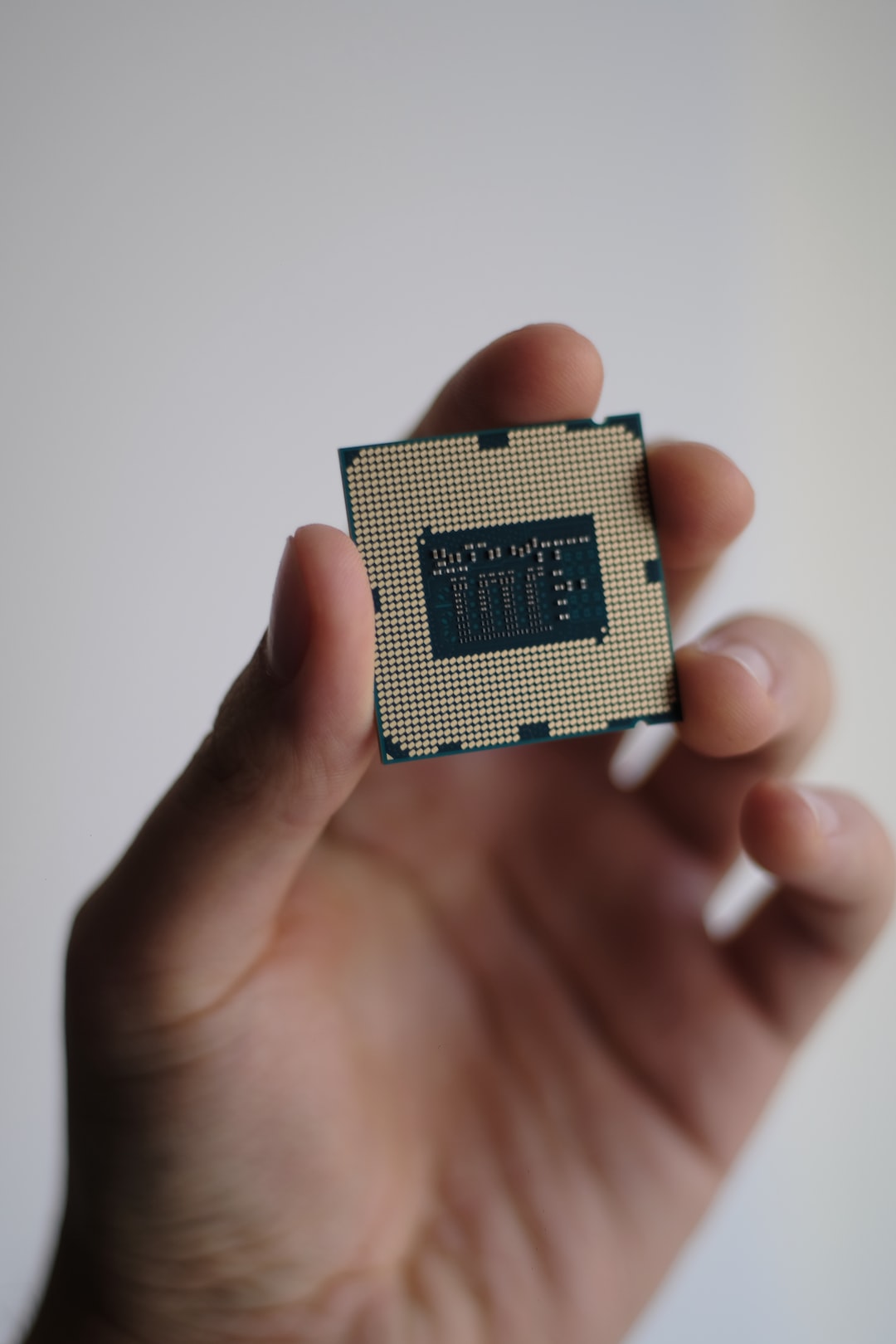The Impact of 5G on Internet of Things and Smart Cities
As we move towards a more connected world, advancements in technology continue to reshape the way we live, work, and interact. One such advancement is the introduction of the fifth-generation (5G) network, which is expected to revolutionize the Internet of Things (IoT) and the development of smart cities. With its unparalleled speed, low latency, and high capacity, 5G has the potential to transform our cities and make them more efficient, sustainable, and livable.
One of the key benefits of 5G for the IoT is its ability to support a massive number of connected devices. Unlike its predecessors, 5G can handle up to one million devices per square kilometer, enabling seamless connectivity between smart devices such as sensors, cameras, and other IoT devices. This opens up a world of possibilities for smart cities, as it allows for real-time data collection, analysis, and decision-making, leading to improved urban planning, traffic management, and resource allocation.
Moreover, the ultra-fast speed of 5G eliminates the lag that exists in current networks, enabling real-time communication and interaction between devices. This means that autonomous vehicles, for example, can communicate with each other and with traffic management systems instantaneously, resulting in safer and more efficient transportation. Similarly, healthcare applications can benefit from 5G’s low latency, allowing for remote surgeries, telemedicine, and real-time monitoring of patients, even in rural areas.
Another significant impact of 5G on smart cities is its ability to support the deployment of edge computing. Edge computing involves processing data at the edge of the network, closer to where it is generated, rather than relying on a central cloud infrastructure. With 5G, data processing and analysis can be done locally, reducing latency and increasing efficiency. This is especially important for applications requiring real-time decision-making, such as emergency response systems, energy management, and predictive maintenance.
Additionally, the increased bandwidth provided by 5G enables the deployment of immersive technologies such as augmented reality (AR) and virtual reality (VR). These technologies have the potential to enhance various aspects of urban life, ranging from entertainment and gaming to education and training. For instance, AR can be used to provide interactive and informative experiences for tourists, while VR can enable virtual tours of historical landmarks or enable remote collaboration in a professional setting.
In conclusion, the impact of 5G on the IoT and smart cities is profound. With its high capacity, low latency, and fast speed, 5G enables the seamless connectivity, real-time communication, and efficient processing required for the development of smart cities. From improved urban planning to safer transportation and enhanced healthcare services, 5G has the potential to revolutionize the way we live, work, and experience our cities. As the deployment of 5G continues to expand, the possibilities for IoT and smart cities are limitless, making our cities smarter, more sustainable, and ultimately, more livable.

